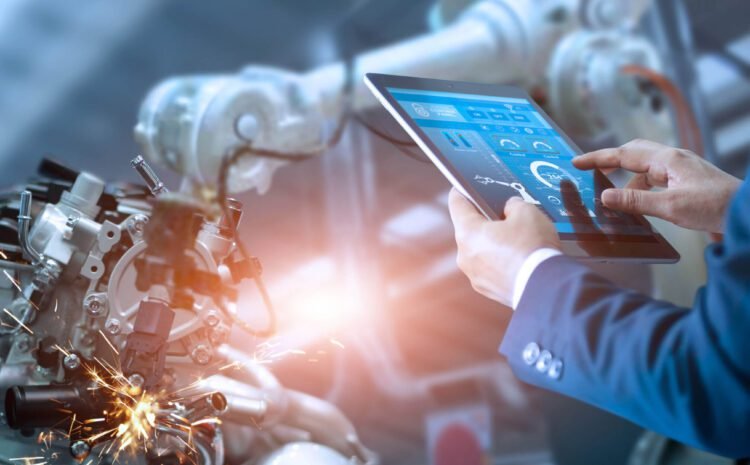Automation is transforming the American workforce at an unprecedented pace. From self-checkout machines to AI-driven customer service, businesses across industries are adopting automation to improve efficiency and reduce costs. While this shift presents opportunities, it also raises concerns about job displacement and the future of work. In this article, we explore how automation is reshaping the American workforce, its impact on different industries, and how workers can prepare for the changing job landscape.
The Rise of Automation in the Workforce
Automation refers to using technology to perform tasks previously done by humans. This includes artificial intelligence (AI), robotics, machine learning, and software solutions that streamline operations. Over the past decade, automation has expanded beyond manufacturing and into sectors such as retail, healthcare, finance, and customer service.
Key Factors Driving Automation
- Cost Reduction: Companies use automation to cut labor costs and increase efficiency.
- Technological Advancements: AI, machine learning, and robotics are improving rapidly, making automation more accessible.
- Changing Consumer Expectations: Faster and more personalized services drive businesses to automate processes.
- Labor Shortages: With ongoing labor shortages, businesses turn to automation to fill gaps.
Industries Most Affected by Automation

Manufacturing
Manufacturing has long been at the forefront of automation. Robotics and AI-driven systems are replacing traditional assembly line jobs, increasing productivity and reducing errors. While this improves efficiency, it has led to job losses in low-skilled positions.
Retail and E-Commerce
Self-checkout kiosks, automated warehouses, and AI-driven chatbots have transformed the retail sector. Major retailers like Amazon and Walmart use automation to enhance customer experience and reduce operational costs.
Healthcare
Automation is improving healthcare through robotic-assisted surgeries, AI-powered diagnostics, and telemedicine. While these advancements benefit patients, they also change the job landscape for medical professionals.
Finance and Banking
AI-driven financial advisory services, automated trading, and chatbots handling customer inquiries are reshaping the finance industry. Traditional roles such as bank tellers and financial analysts are evolving as automation takes over routine tasks.
Transportation and Logistics
Self-driving trucks, automated delivery drones, and AI-driven supply chain management are revolutionizing logistics. Companies like Tesla and Waymo are pushing the boundaries of automation in transportation.
The Impact of Automation on Jobs

Job Displacement vs. Job Creation
While automation eliminates certain jobs, it also creates new opportunities. Many experts believe that automation will lead to a shift rather than an outright loss of employment. Workers need to adapt by developing skills suited for the evolving job market.
Skills in Demand
To stay relevant in an automated world, workers should focus on acquiring skills in:
- Artificial Intelligence and Machine Learning
- Data Analysis and Cybersecurity
- Software Development and IT
- Problem-Solving and Critical Thinking
- Emotional Intelligence and Communication
The Role of Education and Training
Governments, businesses, and educational institutions must work together to provide reskilling programs. Online courses, vocational training, and apprenticeships can help workers transition into new careers.
How Businesses Can Adapt to Automation
Investing in Employee Training
Companies should provide ongoing training programs to help employees adapt to new technologies rather than replacing them outright.
Blending Automation with Human Workforce
Rather than fully replacing workers, businesses should use automation to enhance human capabilities, improving productivity and innovation.
Fostering a Culture of Adaptability
Encouraging continuous learning and flexibility within the workforce will help businesses and employees thrive in an automated environment.
Conclusion
Automation is reshaping the American workforce in significant ways. While some jobs may be lost, new opportunities will emerge. The key to navigating this transition lies in adaptation—both for businesses and workers. By embracing lifelong learning, developing in-demand skills, and leveraging automation as a tool rather than a replacement, America’s workforce can thrive in the age of automation.
Also Read – The Future of AI-Powered Virtual Assistants in the U.S.






